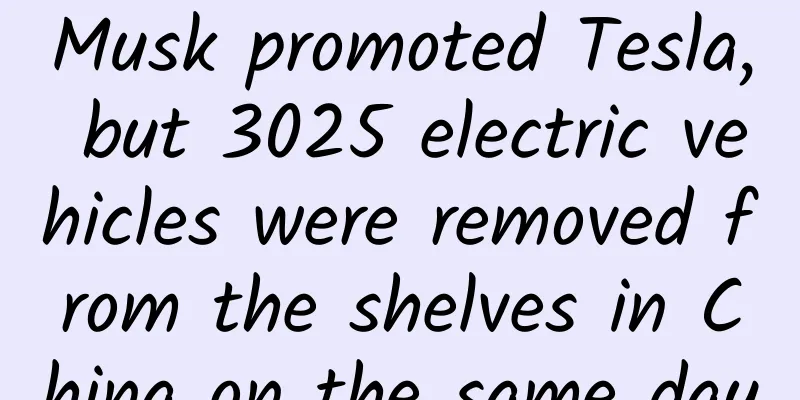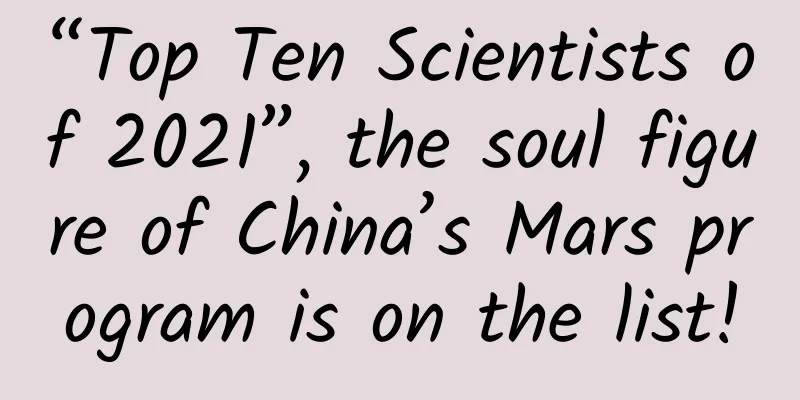Using 1 gram of lunar soil to find the "secret" of helium-3 extraction

|
A group photo of the young scientific research team. The person in the middle of the back row wearing blue gloves holds a lunar soil sample in his hands. Photo courtesy of Ningbo Institute of Materials, Chinese Academy of Sciences The lunar soil "lies" quietly in a small glass bottle, covered by a special vacuum cover. It is so small that it does not even cover the bottom of the small glass bottle. It weighs only 1 gram and looks "a bit like a ball of gray" and "inconspicuous". However, it may change the future energy direction of the entire Earth. The lunar soil brought back by Chang'e-5 was distributed to some scientific research institutions for research. The Ningbo Institute of Materials, Chinese Academy of Sciences, as a joint research unit of the China Academy of Space Technology, borrowed 1 gram of lunar soil. Their research is to find a way to extract helium-3 from the lunar soil. Recently, a joint team from the Ningbo Institute of Materials, Chinese Academy of Sciences, the Qian Xuesen Laboratory of the Fifth Academy of Aerospace, the Institute of Physics, Chinese Academy of Sciences, and Nanjing University published a paper in the academic journal Materials Futures, announcing the discovery of a layer of amorphous glass on the surface of ilmenite particles in lunar soil. The special disordered atomic stacking structure of glassy materials has extremely high stability. For example, glassy amber can preserve biological specimens for hundreds of millions of years, and oxide glass can store nuclear waste for thousands of years. This work shows that ilmenite glass is also extremely stable and has captured and preserved abundant helium-3 resources on the moon. As an isotope of helium (the second element in the periodic table), helium-3 has important application value in the fields of energy, scientific research, and national defense security. For example, as a fuel for controlled nuclear fusion, the energy generated by helium-3 nuclear fusion is 250 times the energy required for mining and 12.5 times the nuclear fission reaction of uranium-235 (about 20). The energy generated by 100 tons of helium-3 nuclear fusion can supply the world for one year, and the helium-3 nuclear fusion process has no risk of secondary neutron radiation, which is cleaner and more controllable. In addition, helium-3 is a key refrigerant for obtaining an extremely low temperature environment and is an essential substance in cutting-edge research fields such as superconductivity, quantum computing, and topological insulators. However, the helium element on the earth is mainly helium-4, and the reserves of helium-3 are only about 0.5 tons, which is far from meeting the existing demand. Helium-3, which is scarce on Earth, has astonishing reserves on the moon. Because helium-3 is an important component of solar wind, the moon is exposed to solar wind all year round and stores a large amount of helium-3. Exploring lunar resources, especially the content, distribution and mining of helium-3, has become an inevitable trend and main task of current international deep space exploration. Therefore, since the end of the 20th century, the scientific and technological community has set off a new round of lunar "gold rush", bringing lunar exploration projects and scientific research to a new climax. However, how to mine helium-3 in situ and efficiently is still a scientific and technological problem. Previous studies have shown that helium-3 is dissolved in lunar soil particles, and the extraction of helium-3 is limited by diffusion rate, requiring high temperatures above 700°C, which is not only energy-intensive but also slow, making it difficult to mine on the moon. Therefore, exploring the storage form of helium-3 in lunar soil is crucial to understanding how the moon captures helium-3 and how to develop and utilize helium-3 resources in the future. This time, Chinese researchers used high-resolution transmission electron microscopy combined with electron energy loss spectroscopy to observe a large number of helium bubbles in the glass layer, with a diameter of about 5-25 nanometers (1 millimeter equals 1000 micrometers, and 1 micrometer equals 1000 nanometers - reporter's note), and most of the bubbles were located near the interface between the glass layer and the crystal. In the crystals inside the particles, there are basically no helium bubbles. Given the high solubility of helium in ilmenite, researchers believe that helium atoms are first injected into the ilmenite lattice by the solar wind, and then gradually released under the channel diffusion effect of the lattice. The surface glass has a disordered atomic stacking structure, which limits the release of helium atoms. Helium atoms are captured and gradually stored to form bubbles. Research has shown that helium-3 stored in the form of bubbles can be extracted at room temperature through mechanical crushing methods without heating to high temperatures. In addition, ilmenite has weak magnetism and can be separated from other lunar soil particles by magnetic screening, making it easier to mine on the moon. According to estimates, if all the helium-3 on the moon is used for nuclear fusion, it can meet the world's energy needs for 2,600 years. According to the interview conducted by China Youth Daily and China Youth Network, the research team of Ningbo Institute of Materials, Chinese Academy of Sciences, is a young scientific research team. All 12 teachers were born in the 1980s, and there are about 20 students. The team leader, researcher Wang Junqiang, said that interest and persistence are the key to scientific research success. When Wang Junqiang graduated from university, he decided to apply for a graduate degree at the Institute of Physics of the Chinese Academy of Sciences, one of the places with the highest level of physics research in China. During his doctoral studies, Wang Junqiang often did experiments all night, so after the first year, his supervisor said that he was the student with the highest experimental expenses, but the supervisor was not complaining, but talking to him in a pleasant tone. This time, in order to complete the lunar soil research mission, the team also often did experiments and analyzed data all night. In the end, hard work paid off, and they obtained some key results. Because there is only 1 gram of lunar soil, each experiment must be carefully designed and calculated. Researchers have to use a special glove box to obtain lunar soil samples, "taking a little bit of small particles from that small ball of ash", and they have to go through a lot of screening to find successful samples. At present, the team is also using the independently developed ultra-high temperature nuclear magnetic resonance equipment with international leading level to study the glass transition and phase change of lunar soil samples at high temperature, laying the foundation for the future in-situ 3D printing of lunar soil and the establishment of a lunar base. Sometimes it is difficult to see a clear direction or results in research work. Many disruptive and innovative studies may take years or even decades to take effect. "The research work is very challenging, but fortunately we have embarked on a successful path," said Xu Wei, a team member and associate researcher at the Ningbo Institute of Materials, Chinese Academy of Sciences. Source: China Youth Daily |
<<: Isn’t cholera a Class A infectious disease? Why are the cases at Wuhan University not dangerous?
Recommend
With a lead efficiency rate of up to 75%, how can K12 educational institutions break through in marketing!
In 2019, Qiwen Education, a local K12 education a...
Learn about the Longevity Knowledge Report: Live Longer and Better
The World Economic Forum has released a new repor...
Electric Technology Car News: Jaguar E-Pace lowers its profile to create the cheapest coupe SUV. Can it escape the fate of being sold at a discount?
Despite its luxury brand positioning, Jaguar has ...
After continuously publishing 100,000+ popular articles, he summed up these 3 experiences... (very practical)
Introduction How can social products acquire seed...
In such a hot day, the animals were roasted and deformed?!
Tianlan 2023 focuses on air quality and climate c...
Trump's future in the auto industry is full of questions
In November, under Trump's "coercion and...
Are you fooled by the five myths about ASO in 2014?
Apps are a very big business. According to the Wa...
3-point optimization of the information flow landing page instantly increased conversion by 136%!
Conversion is the core of the entire promotion pr...
The TV industry is facing a "gateway war". Can the concept of resonance bring about a new wave?
In the Internet age, whoever can control the entr...
Science Museum丨How many alarm clocks are best for waking up?
The holidays are over and summer is quietly appro...
As a foodie, food allergies are really annoying.
One very ordinary evening, after dinner, Tadpole ...
Advanced Operations | A new way to control traffic, with 4 cases, 10,000-word collector's edition
As we all know, traffic is a matter of life and d...
Since no one has ever seen a living dinosaur, how did dinosaurs get their colors?
In the 1990s, the movie "Jurassic Park"...
Does the panda blood in "The Storm" indicate that there is a "big human secret" hidden in the play?
In literary and artistic works, panda blood is a ...
How do bed bugs grow? What should I put on my bed to keep bedbugs away?
Bed bugs are very annoying insects, also known as...









